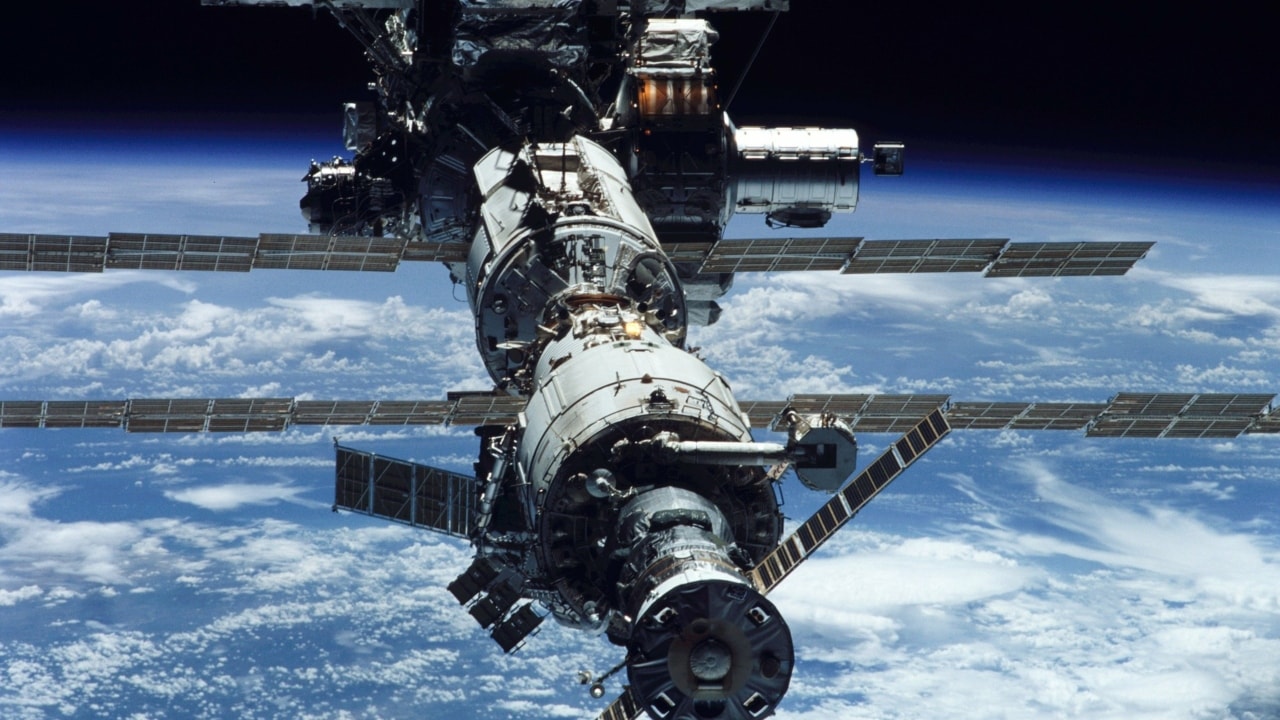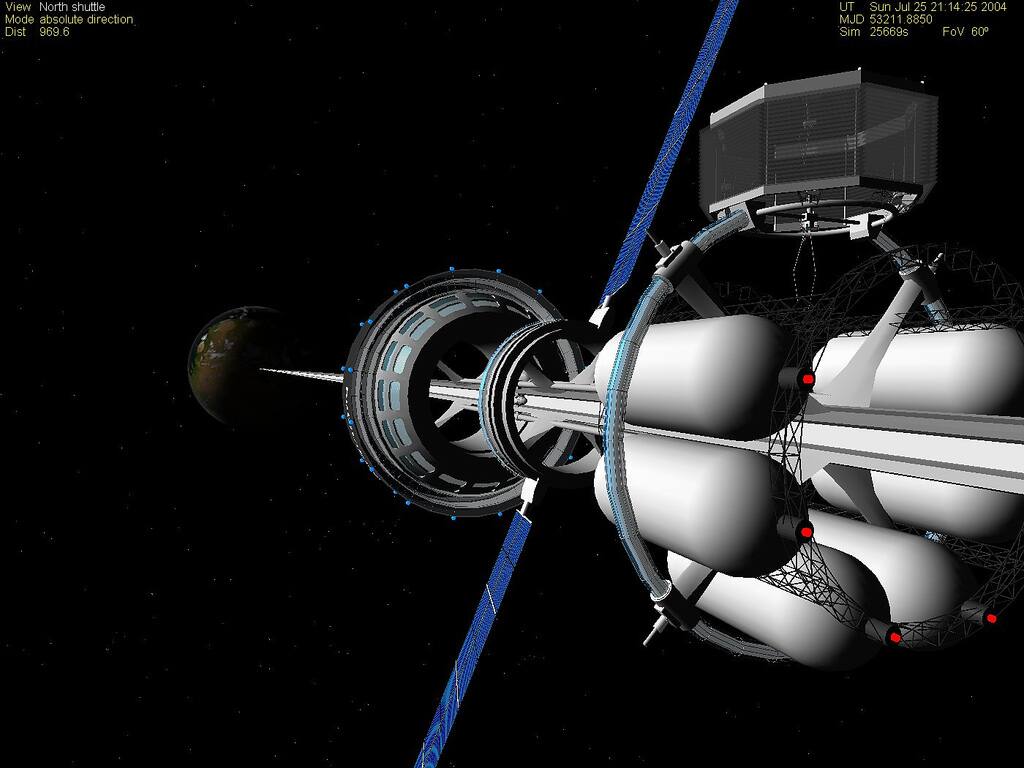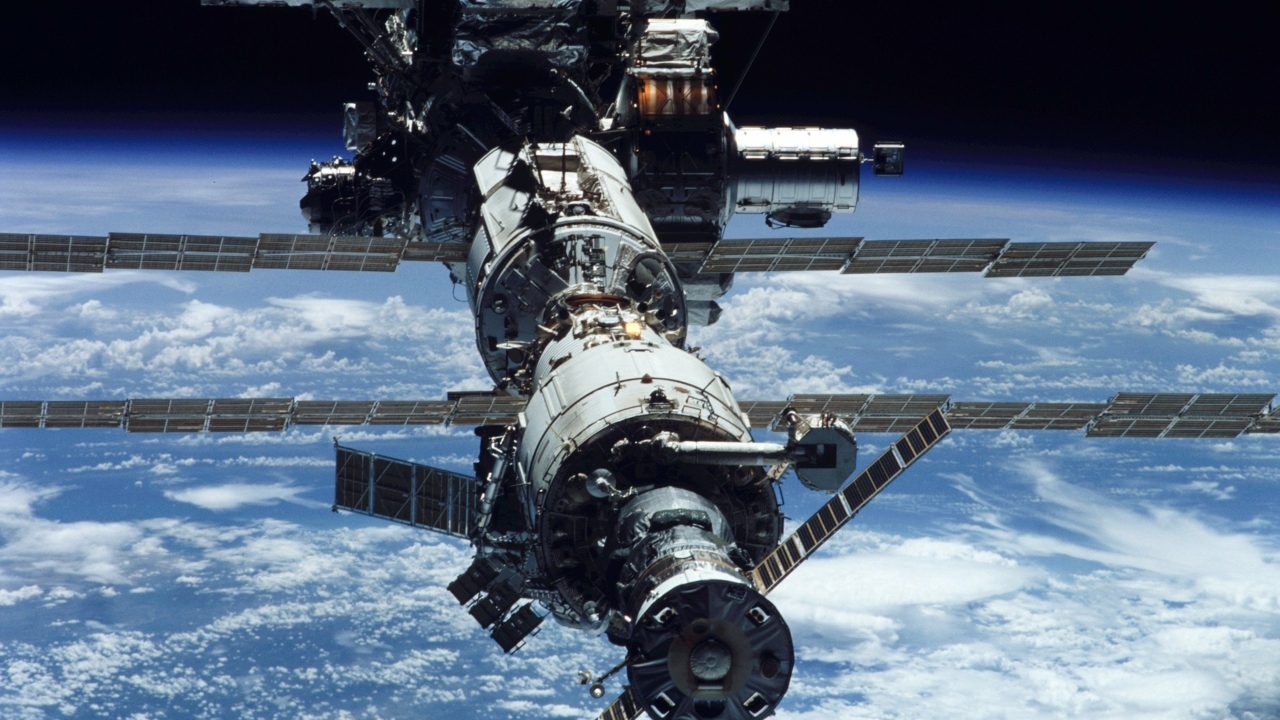A long-standing dream of space enthusiasts and a favourite among sci-fi writers will come a step closer to realisation next week: It is the concept of a toggling elevator in space. A Japanese team working to develop a “space elevator” will conduct its first trial on 11 September, blasting off a miniature version on satellites to test the technology. The test equipment, produced by researchers at
Shizuoka University
, will hitch a ride on an H-2B rocket’s Vehicle Number 7 being launched by Japan’s space agency from southern island of Tanegashima next week. The test involves a miniature elevator stand-in — a box just six centimetres (2.4 inches) long, three centimetres wide, and three centimetres high. If all goes well, it will provide proof of concept by moving along a 10-metre cable suspended in space between two mini satellites that will keep it taut. The mini-elevator will travel along the cable from a container in one of the satellites. “It’s going to be the world’s first experiment to test elevator movement in space,” a university spokesman told AFP. The movement of the motorised “elevator” box will be monitored with cameras in the satellites. It is still, however, a far cry from the ultimate beam-me-up goals of the project, which builds on a long history of space elevator dreams. [caption id=“attachment_5127481” align=“alignnone” width=“1280”] If successfully designed, the space elevator can act as a regular channel for travel to the International Space Station. Image courtesy: Pixabay[/caption] The idea was first proposed in 1895 by Russian scientist
Konstantin Tsiolkovsky
after he saw the Eiffel Tower in Paris, and was revisited nearly a century later in a novel by Arthur C Clarke. But technical barriers have always kept plans stuck at the conceptual stage. In theory, a space elevator will include a cable tethered to the Earth, preferably somewhere near the equator where weather patterns are non-violent.
NASA’s David Smitherman
explained that such an elevator system “requires the center of mass be in geostationary orbit,” some 35,785 kilometers above Earth’s equator. Another advantage of an equitorial base site is that they align properly with geostationary orbits. “The cable is basically in orbit around the Earth,” Smitherman says. “Four to six ’elevator tracks’ would extend up the sides of the tower and cable structure going to platforms at different levels. These tracks would allow electromagnetic vehicles to travel at speeds reaching thousands of kilometers-per-hour,” the NASA report explains. In theory, a space elevator is highly plausible, Yoji Ishikawa, who leads the current research team in Japan, told
The Mainichi
. He believes space travel may become something popular in the future if they accomplish their goals. The report points out that should a space elevator ever actually be realised, people could travel to the
International Space Station
without using a launch vehicle, and transport supplies to the orbiting station at low cost. Supplies such as panels for solar power generation and materials for space research could also be transported at an exponentially lower cost to orbiting stations and probes. For now, however, those benefits remain far into the future. [caption id=“attachment_5127541” align=“alignnone” width=“1024”]
If successfully designed, the space elevator can act as a regular channel for travel to the International Space Station. Image courtesy: Pixabay[/caption] The idea was first proposed in 1895 by Russian scientist
Konstantin Tsiolkovsky
after he saw the Eiffel Tower in Paris, and was revisited nearly a century later in a novel by Arthur C Clarke. But technical barriers have always kept plans stuck at the conceptual stage. In theory, a space elevator will include a cable tethered to the Earth, preferably somewhere near the equator where weather patterns are non-violent.
NASA’s David Smitherman
explained that such an elevator system “requires the center of mass be in geostationary orbit,” some 35,785 kilometers above Earth’s equator. Another advantage of an equitorial base site is that they align properly with geostationary orbits. “The cable is basically in orbit around the Earth,” Smitherman says. “Four to six ’elevator tracks’ would extend up the sides of the tower and cable structure going to platforms at different levels. These tracks would allow electromagnetic vehicles to travel at speeds reaching thousands of kilometers-per-hour,” the NASA report explains. In theory, a space elevator is highly plausible, Yoji Ishikawa, who leads the current research team in Japan, told
The Mainichi
. He believes space travel may become something popular in the future if they accomplish their goals. The report points out that should a space elevator ever actually be realised, people could travel to the
International Space Station
without using a launch vehicle, and transport supplies to the orbiting station at low cost. Supplies such as panels for solar power generation and materials for space research could also be transported at an exponentially lower cost to orbiting stations and probes. For now, however, those benefits remain far into the future. [caption id=“attachment_5127541” align=“alignnone” width=“1024”] An artist’s rendition of an elevator on Mars. Image courtesy: Flickr[/caption] But if there is a country which can indeed put the elevator in space, it is perhaps Japan. Even in the face of multiple technical challenges, Japanese investors have not turned away from the project. “In Japan, the space elevator is practically a part of the national psyche due in part to a deep expertise by Japanese researchers in the fields of robotics and carbon nanotube technology, starting with the 1991 discovery of carbon nanotubes by Japanese researcher Sumio Iijima,” The Smithsonian
had quoted science writer Michelle Donahue in 2016. Japanese construction firm Obayashi, which is collaborating with the Shizuoka university project, is also exploring other ways to build its own space elevator to put tourists in space in 2050. The company has said it could use
carbon nanotube technology
, which is more than 20 times stronger than steel, to build a lift shaft 96,000 kilometres above the Earth. With all these developments in the field, one thing is for sure: even the skeptics are watching. With inputs from Agence France-Presse
An artist’s rendition of an elevator on Mars. Image courtesy: Flickr[/caption] But if there is a country which can indeed put the elevator in space, it is perhaps Japan. Even in the face of multiple technical challenges, Japanese investors have not turned away from the project. “In Japan, the space elevator is practically a part of the national psyche due in part to a deep expertise by Japanese researchers in the fields of robotics and carbon nanotube technology, starting with the 1991 discovery of carbon nanotubes by Japanese researcher Sumio Iijima,” The Smithsonian
had quoted science writer Michelle Donahue in 2016. Japanese construction firm Obayashi, which is collaborating with the Shizuoka university project, is also exploring other ways to build its own space elevator to put tourists in space in 2050. The company has said it could use
carbon nanotube technology
, which is more than 20 times stronger than steel, to build a lift shaft 96,000 kilometres above the Earth. With all these developments in the field, one thing is for sure: even the skeptics are watching. With inputs from Agence France-Presse
A lift to the skies: Japan takes the first step towards building a 'space elevator'
tech2 News Staff
• September 6, 2018, 17:41:35 IST
Technical barriers have always kept plans to build a space elevator stuck at the conceptual stage.
Advertisement
)
End of Article